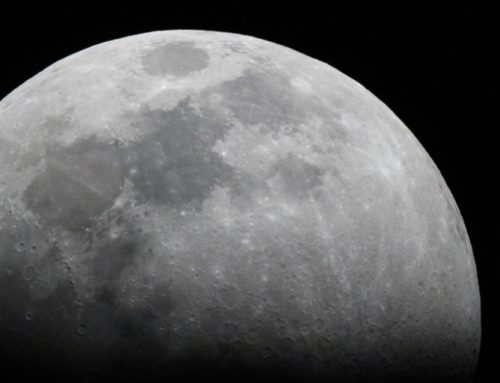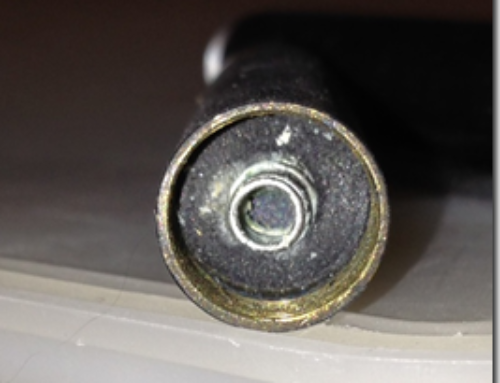This is part 2. To read part 1, click here.
The focal length of a mirror system is a direct measure of the translation of the angular size of an object to its spatial size on the image plane.
In part 1 we saw that
s = FL x a
where
s = spatial size of image on focal plane image sensor in mm
FL = focal length in mm
a = the angular size in radians
And if the angle a, is in degrees, then the spatial size of the image is
s = FL x 0.0174 x a[degrees]
If the FL is in mm, the spatial extent of the image is in mm as well. In this perspective, the focal length is really a measure of the image size on the sensor per angular size of the object in radians or degrees.
The maximum angular field of view an image sensor can detect is when the angular size fills the entire image sensor. If x is the length of one side of the image sensor, in mm, then the angular field of view (FOV) is related to the focal length of the mirror and the spatial size of the sensor:
Angular FOV[radians] = x/FL
And
Angular FOV[deg] = x/FL x 57.3
For example, if the image sensor is 14.8 mm on a side and the FL is 1500 mm, the angular FOV = 14.8 mm/1500 mm x 57.3 = 0.56 degrees.
A focal reducer will reduce the focal length and reduce the size of the image on the sensor. This means a focal reducer will result in a larger field of view.





